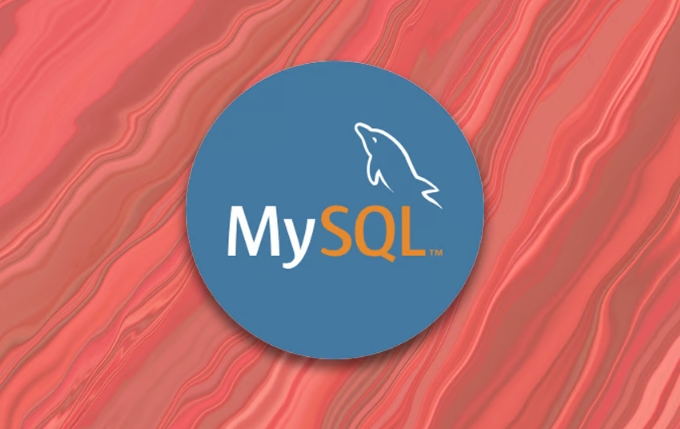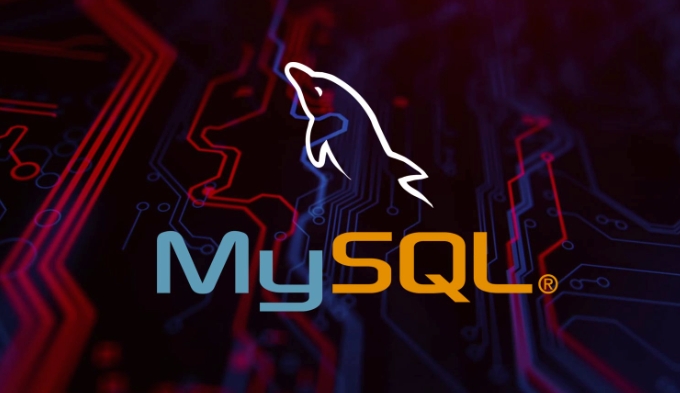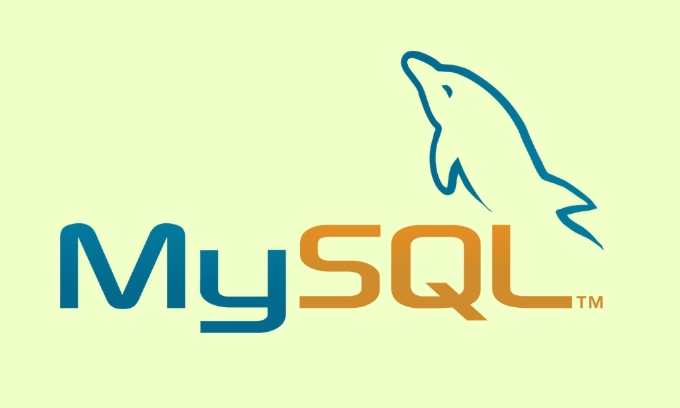Establishing secure remote connections to a MySQL server
To securely connect to a remote MySQL server, use SSH tunneling, configure MySQL for remote access, set firewall rules, and consider SSL encryption. First, establish an SSH tunnel with ssh -L 3307:localhost:3306 user@remote-server -N and connect via mysql -h 127.0.0.1 -P 3307. Second, edit MySQL’s config file to change bind-address to the server’s public IP or 0.0.0.0, then restart MySQL. Third, grant remote access using GRANT ALL PRIVILEGES ON database.* TO 'user'@'your-local-ip', and restrict access via firewall tools like UFW with sudo ufw allow from your-local-ip to any port 3306. Fourth, if not using SSH, enable SSL in MySQL by configuring valid certificates and enforcing SSL for remote users.

Connecting to a MySQL server securely from a remote location is a common need, especially when managing databases for web apps or cloud services. The key isn't just about making the connection work — it's making sure it works safely without exposing your data or system to unnecessary risks.

Here are some practical steps and considerations to help you set up secure remote access to a MySQL server.

Use SSH Tunneling for Secure Access
One of the most reliable ways to connect remotely to MySQL is through an SSH tunnel. This method encrypts all communication between your local machine and the MySQL server, even if the database protocol itself isn’t encrypted.
To set this up:

- Make sure SSH access is enabled on the server where MySQL is running.
- Forward a local port through SSH to the MySQL server’s port (usually 3306).
- Configure your MySQL client to connect to
127.0.0.1on the forwarded port.
For example, this command forwards port 3306 on the remote server to port 3307 locally:
ssh -L 3307:localhost:3306 user@remote-server -N
Then, connect using:
mysql -h 127.0.0.1 -P 3307 -u your_user -p
This way, the actual database credentials and queries travel through an encrypted tunnel, reducing the risk of interception.
Configure MySQL to Allow Remote Connections
By default, MySQL binds only to localhost. To allow remote access, you'll need to adjust the configuration.
- Open the MySQL config file (
/etc/mysql/my.cnfor/etc/my.cnf) and look for thebind-addressline. - Change it from
127.0.0.1to the server's public IP or0.0.0.0(which allows connections from any IP). - Restart MySQL after saving changes.
Also, make sure that:
- The user account you're connecting with has privileges for remote hosts — not just
localhost. - You're not allowing overly broad access like
'user'@'%'unless absolutely necessary.
You can grant access specifically to the IP address you're connecting from:
GRANT ALL PRIVILEGES ON database.* TO 'user'@'your-local-ip' IDENTIFIED BY 'password'; FLUSH PRIVILEGES;
This adds a layer of control by limiting which IPs can connect.
Secure the Server with Firewall Rules
Even if you’ve configured MySQL properly, leaving port 3306 open to the public internet is risky. Firewalls help limit who can reach that port in the first place.
On the server side:
- Use tools like
ufworiptablesto restrict access to MySQL's port. - Only allow traffic from specific IPs or ranges.
For example, using UFW:
sudo ufw allow from your-local-ip to any port 3306
If you're not using direct remote access and prefer SSH tunneling instead, just block port 3306 entirely — it doesn’t need to be open at all in that case.
Also, avoid having MySQL listen on a public interface unless you have strong reasons and proper protections in place.
Consider SSL for Direct Remote Connections
If you're connecting directly over the network (not using SSH), enabling SSL for MySQL connections is a must.
- Generate or obtain valid SSL certificates for your MySQL server.
- Configure MySQL to require SSL for remote users.
- Test the connection using a client that supports SSL.
This ensures that even if someone intercepts the traffic, they won’t be able to read the contents easily.
However, setting up SSL correctly can be complex. If you're not familiar with certificate signing and encryption settings, start small and test thoroughly before relying on it in production.
Setting up a secure remote connection to MySQL doesn't have to be complicated, but it does require attention to detail. Whether you go with SSH tunnels, firewall restrictions, or SSL encryption, each step plays a role in keeping your data safe.
And remember — the fewer people who can access your database directly, the better. Keep permissions tight, monitor logs regularly, and always assume someone is trying to get in the back door.
The above is the detailed content of Establishing secure remote connections to a MySQL server. For more information, please follow other related articles on the PHP Chinese website!

Hot AI Tools

Undress AI Tool
Undress images for free

Undresser.AI Undress
AI-powered app for creating realistic nude photos

AI Clothes Remover
Online AI tool for removing clothes from photos.

Clothoff.io
AI clothes remover

Video Face Swap
Swap faces in any video effortlessly with our completely free AI face swap tool!

Hot Article

Hot Tools

Notepad++7.3.1
Easy-to-use and free code editor

SublimeText3 Chinese version
Chinese version, very easy to use

Zend Studio 13.0.1
Powerful PHP integrated development environment

Dreamweaver CS6
Visual web development tools

SublimeText3 Mac version
God-level code editing software (SublimeText3)
 How to add a primary key to an existing table in MySQL?
Aug 12, 2025 am 04:11 AM
How to add a primary key to an existing table in MySQL?
Aug 12, 2025 am 04:11 AM
To add a primary key to an existing table, use the ALTERTABLE statement with the ADDPRIMARYKEY clause. 1. Ensure that the target column has no NULL value, no duplication and is defined as NOTNULL; 2. The single-column primary key syntax is ALTERTABLE table name ADDPRIMARYKEY (column name); 3. The multi-column combination primary key syntax is ALTERTABLE table name ADDPRIMARYKEY (column 1, column 2); 4. If the column allows NULL, you must first execute MODIFY to set NOTNULL; 5. Each table can only have one primary key, and the old primary key must be deleted before adding; 6. If you need to increase it yourself, you can use MODIFY to set AUTO_INCREMENT. Ensure data before operation
 Explain database indexing strategies (e.g., B-Tree, Full-text) for a MySQL-backed PHP application.
Aug 13, 2025 pm 02:57 PM
Explain database indexing strategies (e.g., B-Tree, Full-text) for a MySQL-backed PHP application.
Aug 13, 2025 pm 02:57 PM
B-TreeindexesarebestformostPHPapplications,astheysupportequalityandrangequeries,sorting,andareidealforcolumnsusedinWHERE,JOIN,orORDERBYclauses;2.Full-Textindexesshouldbeusedfornaturallanguageorbooleansearchesontextfieldslikearticlesorproductdescripti
 How to back up a database in MySQL
Aug 11, 2025 am 10:40 AM
How to back up a database in MySQL
Aug 11, 2025 am 10:40 AM
Using mysqldump is the most common and effective way to back up MySQL databases. It can generate SQL scripts containing table structure and data. 1. The basic syntax is: mysqldump-u[user name]-p[database name]>backup_file.sql. After execution, enter the password to generate a backup file. 2. Back up multiple databases with --databases option: mysqldump-uroot-p--databasesdb1db2>multiple_dbs_backup.sql. 3. Back up all databases with --all-databases: mysqldump-uroot-p
 How to change the GROUP_CONCAT separator in MySQL
Aug 22, 2025 am 10:58 AM
How to change the GROUP_CONCAT separator in MySQL
Aug 22, 2025 am 10:58 AM
You can customize the separator by using the SEPARATOR keyword in the GROUP_CONCAT() function; 1. Use SEPARATOR to specify a custom separator, such as SEPARATOR'; 'The separator can be changed to a semicolon and plus space; 2. Common examples include using the pipe character '|', space'', line break character '\n' or custom string '->' as the separator; 3. Note that the separator must be a string literal or expression, and the result length is limited by the group_concat_max_len variable, which can be adjusted by SETSESSIONgroup_concat_max_len=10000; 4. SEPARATOR is optional
 What is the difference between UNION and UNION ALL in MySQL?
Aug 14, 2025 pm 05:25 PM
What is the difference between UNION and UNION ALL in MySQL?
Aug 14, 2025 pm 05:25 PM
UNIONremovesduplicateswhileUNIONALLkeepsallrowsincludingduplicates;1.UNIONperformsdeduplicationbysortingandcomparingrows,returningonlyuniqueresults,whichmakesitsloweronlargedatasets;2.UNIONALLincludeseveryrowfromeachquerywithoutcheckingforduplicates,
 How to lock tables in MySQL
Aug 15, 2025 am 04:04 AM
How to lock tables in MySQL
Aug 15, 2025 am 04:04 AM
The table can be locked manually using LOCKTABLES. The READ lock allows multiple sessions to read but cannot be written. The WRITE lock provides exclusive read and write permissions for the current session and other sessions cannot read and write. 2. The lock is only for the current connection. Execution of STARTTRANSACTION and other commands will implicitly release the lock. After locking, it can only access the locked table; 3. Only use it in specific scenarios such as MyISAM table maintenance and data backup. InnoDB should give priority to using transaction and row-level locks such as SELECT...FORUPDATE to avoid performance problems; 4. After the operation is completed, UNLOCKTABLES must be explicitly released, otherwise resource blockage may occur.
 How to select data from a table in MySQL?
Aug 19, 2025 pm 01:47 PM
How to select data from a table in MySQL?
Aug 19, 2025 pm 01:47 PM
To select data from MySQL table, you should use SELECT statement, 1. Use SELECTcolumn1, column2FROMtable_name to obtain the specified column, or use SELECT* to obtain all columns; 2. Use WHERE clause to filter rows, such as SELECTname, ageFROMusersWHEREage>25; 3. Use ORDERBY to sort the results, such as ORDERBYageDESC, representing descending order of age; 4. Use LIMIT to limit the number of rows, such as LIMIT5 to return the first 5 rows, or use LIMIT10OFFSET20 to implement paging; 5. Use AND, OR and parentheses to combine
 How to use the IN operator in MySQL?
Aug 12, 2025 pm 03:46 PM
How to use the IN operator in MySQL?
Aug 12, 2025 pm 03:46 PM
TheINoperatorinMySQLchecksifavaluematchesanyinaspecifiedlist,simplifyingmultipleORconditions;itworkswithliterals,strings,dates,andsubqueries,improvesqueryreadability,performswellonindexedcolumns,supportsNOTIN(withcautionforNULLs),andcanbecombinedwith







